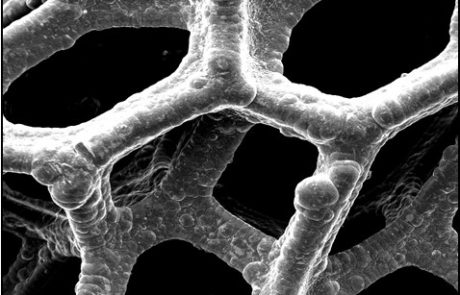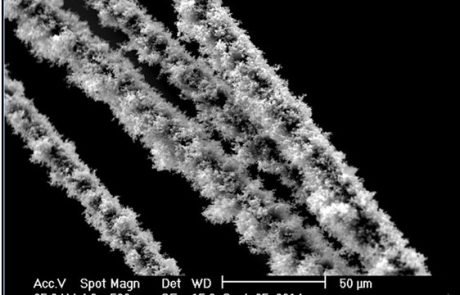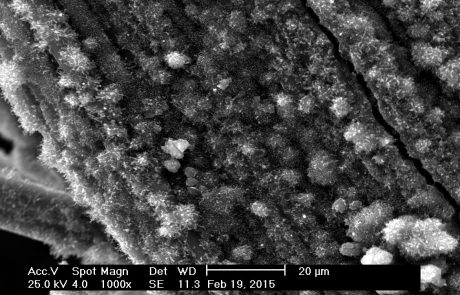VelPro ® Carbon Products
Lower cost carbon fibers, graphene, and carbon nanotubes offer lighter weight, higher strength, more durable and corrosion resistant products for the 21st Century & beyond.
Carbon Allotropes Produced by the HydroCarbon Splitter™
Production of carbon fibers, graphene, and carbon nanotubes at lower cost makes these materials attractive to new markets.
Graphene
Scanning Electron Micrograph
Carbon Fiber
Scanning Electron Micrograph
Nanotubes
Scanning Electron Micrograph
Stage One carbon products (carbon allotropes) come directly from the HydroCarbon Splitter™.
- Graphene
- Carbon fiber
- Nanotubes
These new carbon materials serve as lower-cost alternatives and supplements to steel, aluminum, and glass fiber composites for use in
- building construction (roofing, bricks, beams),
- infrastructure (roads, railways, and piping),
- sustainable energy production (solar energy panels, wind and wave turbines, geomembranes),
- electronics,
- auto and plane parts,
- and a wide range of durable consumer products.
Carbon-Reinforced Durable Goods and Equipment

Carbon Is Too Profitable To Burn
Carbon is captured and transformed into an economic asset (carbon fiber) for manufacturing.
McAlister’s hydrogen-carbon production process provides an exponential multiplier of economic and environmental values. As a result, this new technology enables sustainable co-production of low-cost hydrogen and durable carbon.
The carbon can reinforce equipment to convert solar, wind, moving water, and geothermal energy into far more electricity, hydrogen, and heat compared to burning such carbon one time. Carbon is prevented from forming harmful pollutants by becoming a sustainable energy conversion economic asset.
Thus less than $1.00 for pipeline delivered methane can enable profitable production of hydrogen and durable carbon for gross income of $8.00 or more.
Hydrogen has long been recognized as a vitally important resource for clean energy. What has not been recognized is the economic opportunity presented by “waste” carbon. Solving mass-scale production of hydrogen from hydro-carbon feedstock requires accounting for both components: hydrogen and carbon.

The Big Idea
Helpful Links




